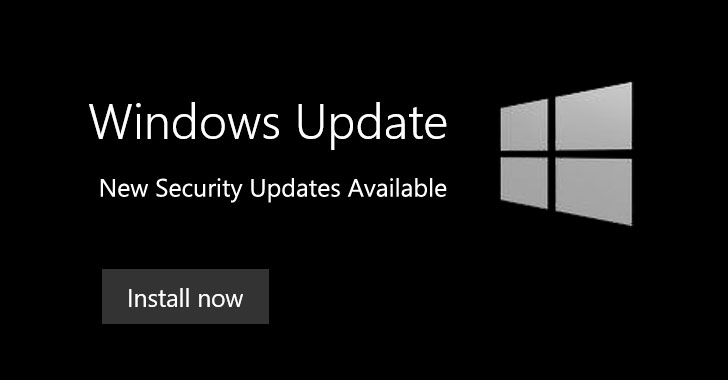Ah, the joys of Windows updates! Just when you think you’ve mastered the art of avoiding unexpected reboots, Microsoft throws a curveball that would make even the most seasoned IT professional scratch their head. Let’s dive into the latest adventure in the Windows update saga, shall we?
The Plot Thickens: July 2024’s Mischievous Update
Picture this: It’s a quiet Tuesday morning, and you’re sipping your coffee, ready to tackle the day. You boot up your trusty Windows machine, and BAM! You’re staring at the BitLocker recovery screen, wondering if you’ve somehow time-traveled to a cyberpunk dystopia. Don’t panic! You’re not alone in this digital maze.
The culprit? The July 2024 Windows security update, released on July 9th for Windows 11 (versions 23H2, 22H2, and 21H2) and Windows 10 (versions 22H2 and 21H2). It’s like Microsoft decided to celebrate summer by giving us all a puzzle to solve.
The Encryption Conundrum
Here’s the kicker: if you’re one of those security-conscious folks who enabled Windows encryption in Settings > Privacy & Security > Device, you’ve unwittingly signed up for this impromptu escape room experience. Microsoft, in its infinite wisdom, has decided that some of us need a pop quiz on our BitLocker recovery keys.
But fear not! Your PC isn’t staging a rebellion. It’s just playing an elaborate game of hide and seek with your data. The solution? Simply enter your BitLocker recovery key, and voilà! Your system should boot up faster than you can say “Why, Microsoft, why?”
The Recovery Key Quest
Now, if you’re scratching your head wondering where on earth you stored that recovery key, don’t sweat it. Microsoft, like a digital Boy Scout, is always prepared. They’ve automatically saved all recovery keys, but let’s be honest – manually backing up your BitLocker recovery key is about as fun as flossing. Necessary, but easily forgotten.
For those embarking on this unexpected treasure hunt, Microsoft kindly suggests visiting the BitLocker recovery portal. Just log in with your Microsoft account, and follow the breadcrumbs to your key. It’s like a scavenger hunt, but with higher stakes and less candy at the end.
The Future of Windows Encryption
Looking ahead, Windows 11’s upcoming 24H2 update is set to shake things up in the encryption department. Imagine a world where BitLocker encryption is enabled by default for both new installations and system resets of Pro and Home editions. It’s like Microsoft is giving everyone a free digital safe, whether they asked for one or not.
This move aims to better protect user data from prying eyes and safeguard it in case of theft. It’s like putting a force field around your digital life – assuming you can remember how to get in.
The Kernel Access Conundrum
In an interesting twist, Microsoft has hinted at potentially restricting kernel access in Windows 11. This comes in the wake of the infamous CrowdStrike incident, which wreaked havoc on millions of government and enterprise machines. It’s like Microsoft is considering putting up a “No Trespassing” sign on the Windows kernel.
However, unlike its Apple counterpart, Microsoft can’t just wall off the kernel entirely. Thanks to a 2009 deal with the European Commission, they’re obligated to give developers the same level of access they enjoy. It’s like hosting a party and having to let everyone into the VIP section.
Wrapping Up
As Microsoft works on a fix for this BitLocker blunder, expected in the “coming weeks” (a timeframe as precise as “somewhere between now and the heat death of the universe”), we’re left to ponder the complexities of modern operating systems.
Remember, in the world of Windows updates, expect the unexpected. And maybe, just maybe, keep that BitLocker recovery key somewhere a bit more accessible than that drawer of miscellaneous cables we all pretend doesn’t exist.
Stay tuned for more Windows adventures, where every update is a new episode in the never-ending tech soap opera. Until then, may your boots be quick and your recovery keys be findable!

